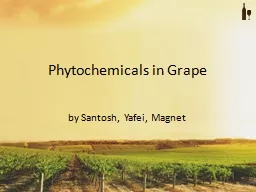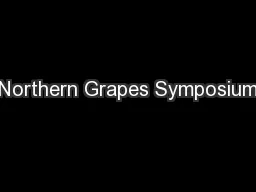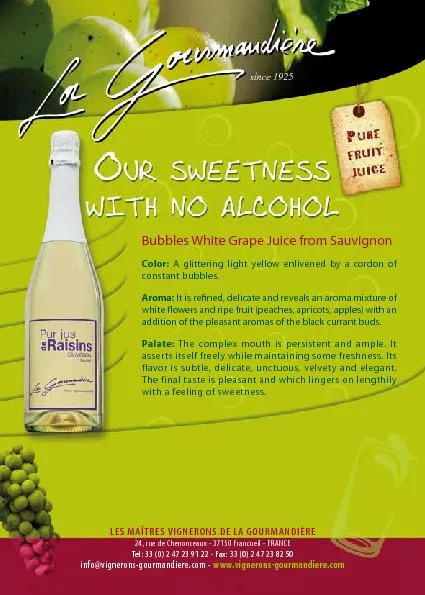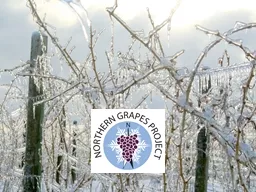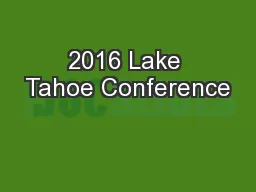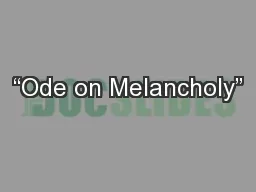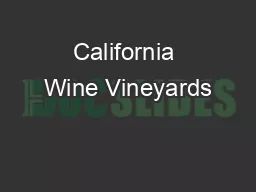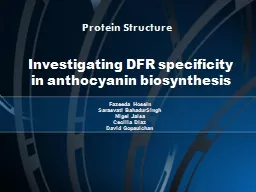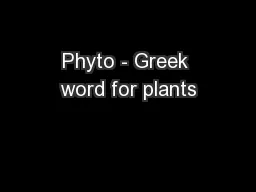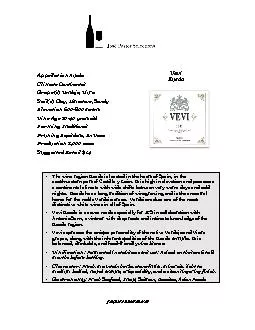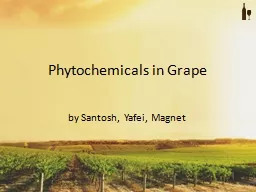PPT-Phytochemicals in Grape
Author : marina-yarberry | Published Date : 2017-05-17
by Santosh Yafei Magnet Introduction The worlds largest fruit crop with approximately 65 million metric tons produced annually Mazza 1995 Total of 1610 phytochemical
Presentation Embed Code
Download Presentation
Download Presentation The PPT/PDF document "Phytochemicals in Grape" is the property of its rightful owner. Permission is granted to download and print the materials on this website for personal, non-commercial use only, and to display it on your personal computer provided you do not modify the materials and that you retain all copyright notices contained in the materials. By downloading content from our website, you accept the terms of this agreement.
Phytochemicals in Grape: Transcript
Download Rules Of Document
"Phytochemicals in Grape"The content belongs to its owner. You may download and print it for personal use, without modification, and keep all copyright notices. By downloading, you agree to these terms.
Related Documents

